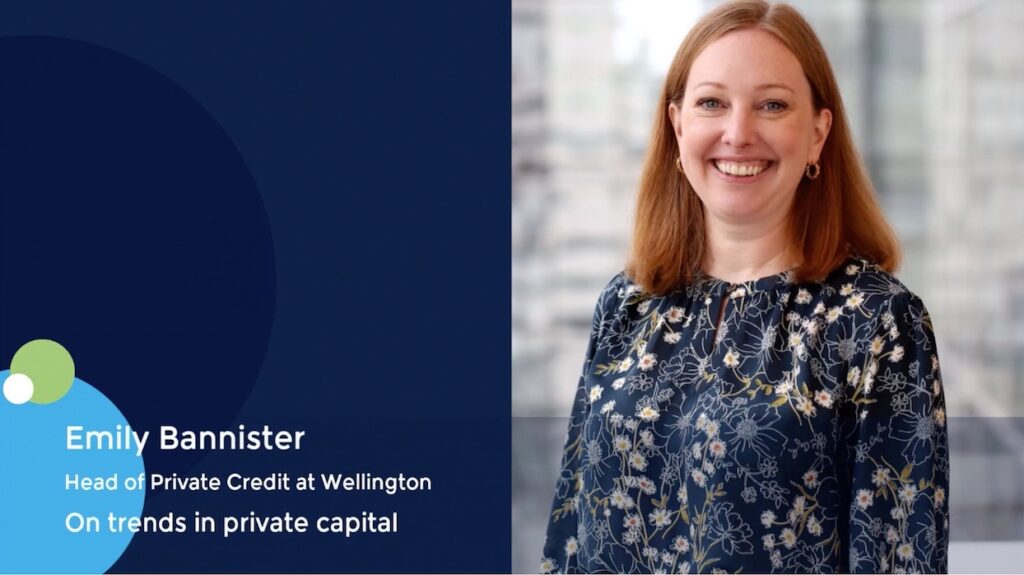Private credit funds hunt for yield as investment surge compresses spreads
Spreads are tightening in the US direct lending market as funds are under pressure to deploy amid an influx of money into the sector and limited deal flow, senior industry executives said at the Debtwire Private Credit Forum in New York.
Evergreen funds that target retail investors, in particular, need to quickly invest capital, creating incentives to “do deals for the sake of doing deals,” said Oliver Thym, a partner on the credit team at Thoma Bravo.
Thanks in part to these dynamics combined with a more muted overall deal environment, best-in-class unitranche transactions are currently pricing at spreads of around 475bps, Thym said. He added this still offers an attractive unlevered yield in the 9% – 9.5% area.
“From a historical perspective, it’s still interesting and attractive, but that pressure some managers face to deploy is something that I think is real,” said Thym at the event on 26 June.
Spread compression is taking place in the upper middle market where pricing is converging with the broadly syndicated loan market and even the middle market where private credit has traditionally participated, said Fortress Investment Group’s global co-head of corporate credit, Brian Stewart.
Whereas in 2024 middle market deals were priced at a 200bps premium to upper middle market deals, the spread has narrowed to 100bps in 2025, Stewart said. Upper middle market spreads, likewise, are sitting at a 100bps premium to public markets.
“We do see a lack of pricing risk and differentiation and credit profile as potentially an issue that’s coming into the market this year that may result in issues for people as you look forward in the next two or three years,” said Stewart, who added he agrees that private credit continues to offer attractive returns.
Jérôme Marquis, head of private credit for Canadian pension fund manager La Caisse, said that in the face of slowing M&A activity, La Caisse has diversified its direct lending activities to infrastructure debt, real estate finance, investment-grade, asset-backed finance and royalties to enhance resilience and maintain return.
Still, Marquis said he wonders where the private credit industry is headed as more and more cash floods into the sector through retail investors.
“Will we see an acceleration of what we call the convergence between the private markets and the public markets? At least in some subsectors of the private markets we might. We’ll see where that goes, but it definitely raises challenges and questions. How do we continue to find alpha? Where should we go if there is more money coming into the asset class?”
Thoma Bravo’s Thym pitched his fund’s specialization in the software sector as a differentiating factor that has allowed it to remain very active in the current deal environment with year-to-date deployment up meaningfully compared to last year.
“A high quality, good software company is a desired asset and continues to trade at very attractive multiples. In the private markets, these market leading software companies are routinely still transacting at 18x or 20x EBITDA,” Thym said.
“Amid tariff uncertainty, software is steady-Eddie, a safe place to be,” he added.
Fortress has invested around 30% of its direct lending business in non-sponsor transactions where it sees better risk profile and a 100bps to 150bps premium compared to loans to companies backed by financial sponsors, said Stewart.
Several funds are also looking to Europe as an opportunity as governments on the continent look to reduce regulations to boost growth and private credit spreads are wider than the US.
Private credit executives cautioned that on a return basis there is little differentiation between firms across the industry thanks to many funds launching a decade ago, over five years after the last major economic downturn in the wake of the 2008 financial crisis.
“It’s been 15 years of up and to the right. And so, I think the real differentiation when it comes to returns will likely come during a downturn to see who can manage their portfolio when things are going badly,” said Christina Lee, co-portfolio manager for Oaktree’s U.S. private debt strategy.
“The number of meetings I have where I don’t get asked about returns is surprising and part of that is because there has been so much growth in the industry that you have huge portions of track records that are unrealized,” said Stewart. “And I can understand why looking at the returns on a piece of paper may not be all that informative to how the returns are going look in the future.”
Oaktree and Fortress have both been lending since well before the 2008 crisis with Oaktree launching a private credit platform in 2001 and Fortress starting its direct corporate lending strategy in the early 2000s.












